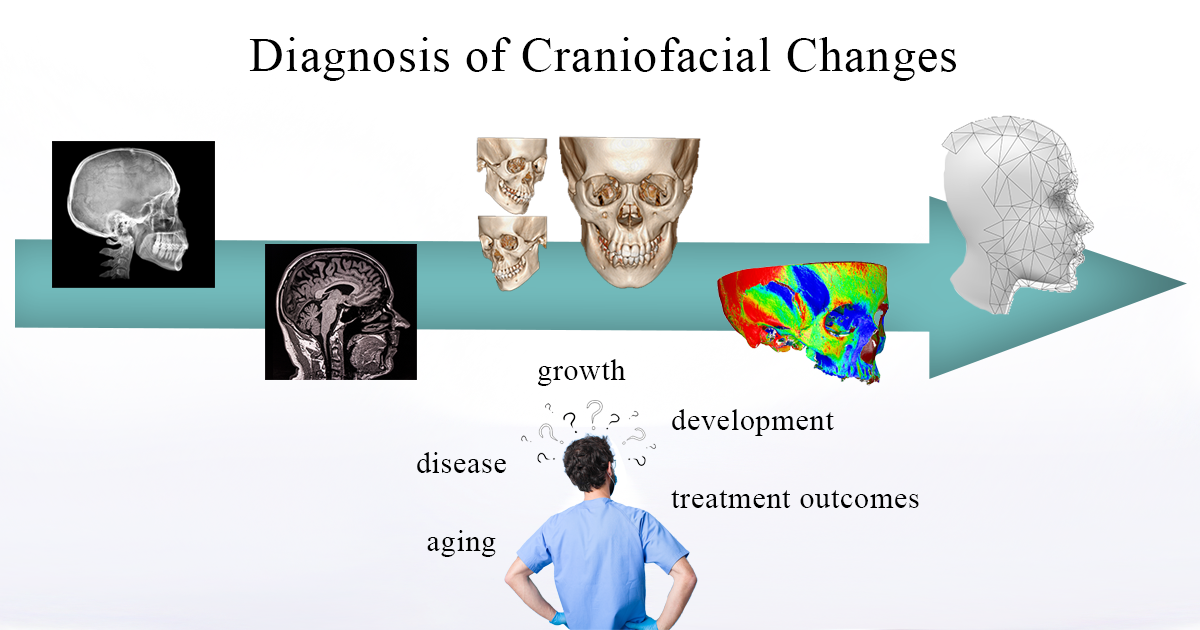Diagnosis of Craniofacial Changes: Conventional Approaches and Novel Methodologies
Topic Information
Dear Colleagues,
The assessment of changes in craniofacial structures is crucial for several disciplines for proper diagnosis, treatment planning, and outcome assessment. Such changes can be physiological, due to growth, development, and aging, pathological due to a disease, or can be induced by medical interventions. Apart from correct diagnosis and documentation, which are both needed for medical and legal reasons, the only way to control changes is to have accurate patient representations at different time points. However, it is expected that even consecutive craniofacial images, obtained within a short time span and under the same setting, will differ to each other due to factors related either to the imaging technique or to the object itself. Valid assessment of craniofacial changes over larger time spans is even more challenging.
The craniofacial area is highly important for human life, both in terms of functionality and esthetic appearance. Therefore, valid detection of associated changes is fundamental, and several approaches have been developed for this over the years. Traditional methods primarily concern two-dimensional images, but, lately, various 3D imaging techniques have been incorporated in daily research and practice. The forthcoming article collection will include literature reviews and original studies focusing on imaging modalities and methodologies used to assess craniofacial changes over time.
Dr. Nikolaos Gkantidis
Prof. Dr. Carlalberta Verna
Topic Editors
Keywords
- craniofacial imaging
- radiography
- facial photography
- anthropometry
- cephalometrics
- computed tomography
- stereophotogrammetry
- superimposition
- geometric morphometrics
- finite element analysis
- machine learning
- artificial intelligence
